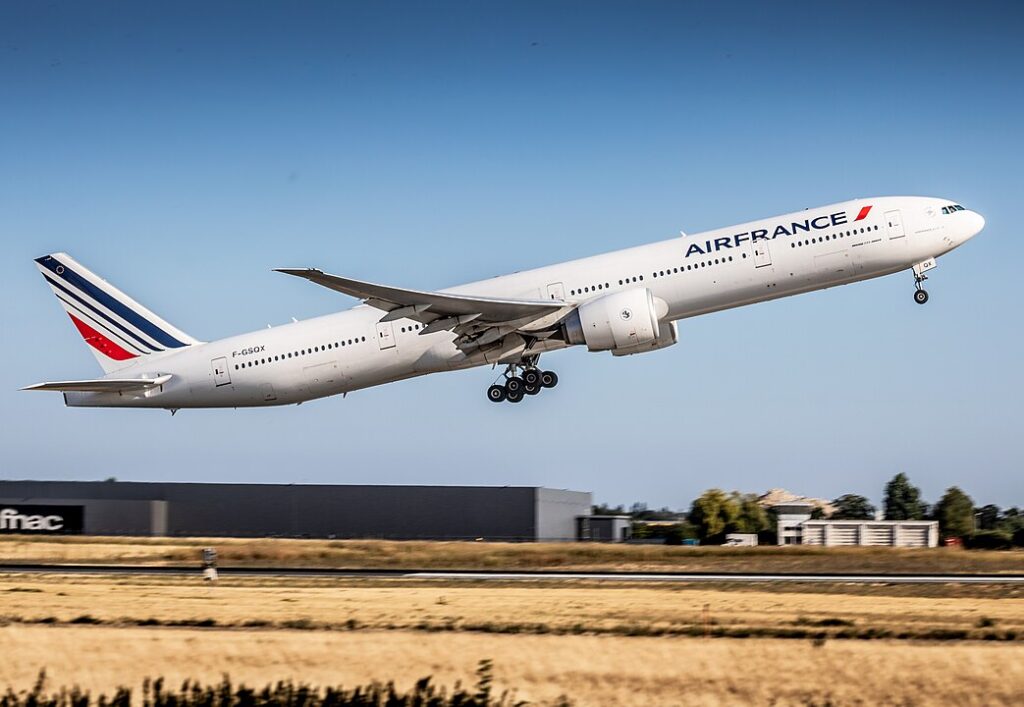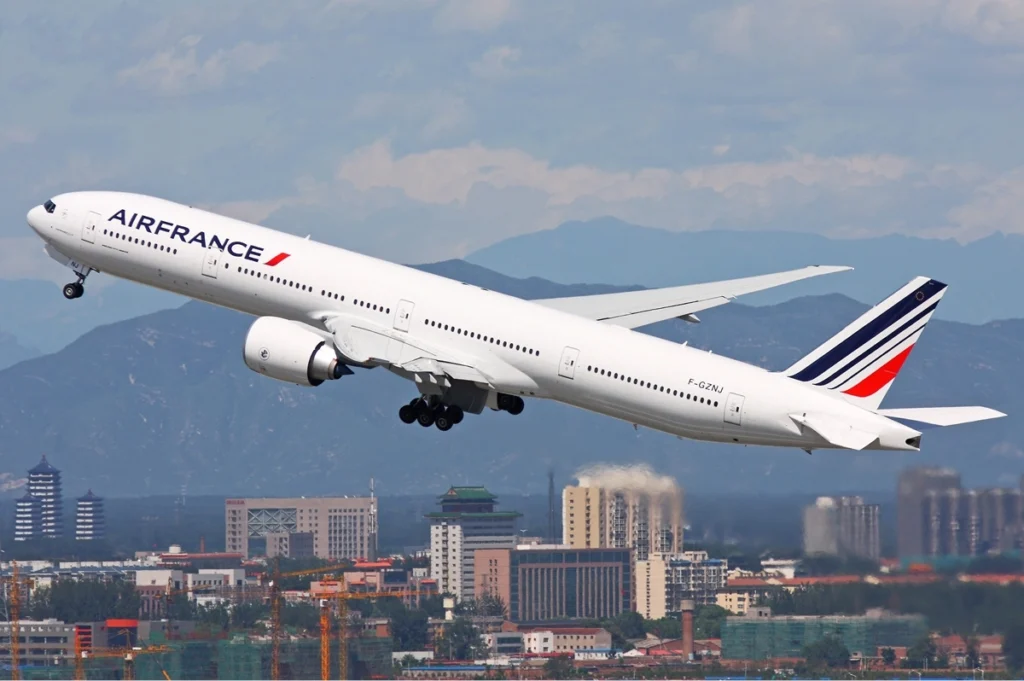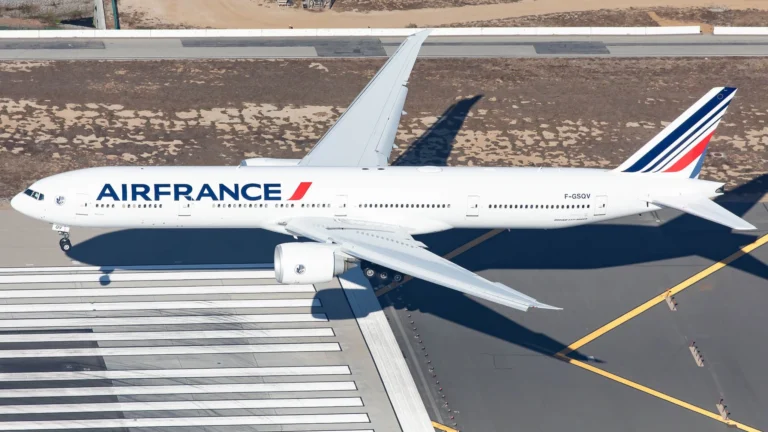PARIS- An Air France (AF) flight en route from Tokyo Haneda (HND) to Paris Charles de Gaulle (CDG) made an unscheduled landing in Anchorage (ANC), Alaska due to a medical emergency onboard. The Boeing 777-300ER aircraft, operating as Flight AF187, was forced to divert mid-route, creating complex logistical challenges.
The eastbound flight path, already lengthened due to the closure of Russian airspace, became even more complicated when the aircraft, registered F-GSQM, landed in the US around 2:00 AM local time after nearly 10 hours in the air.

Air France Emergency Landing
Air France (AF) Flight AF187, typically a 14-hour journey from Tokyo (HND) to Paris (CDG), took off as scheduled at 9:01 AM on April 9, 2025.
The aircraft followed an eastbound polar route, a path now standard due to the ongoing closure of Russian airspace, which has shifted many transcontinental flights over the Pacific and Arctic regions.
Approximately 7.5 hours into the flight, while traveling over the Arctic Ocean and nearing Alaska, the crew declared a medical emergency.
Given the lack of viable diversion airports in this remote stretch of airspace, the aircraft rerouted southward and safely landed at Ted Stevens Anchorage International Airport (ANC) around 2:00 AM local time.
The 19-year-old aircraft had completed almost 10 hours of flight time by the time it touched down, and the extended ground time suggests more than a brief stop, likely a full crew time-out scenario, making an immediate continuation of the journey impossible, OMAAT reported.

Operational Challenges
The diversion has presented several operational complications for Air France:
- No Ground Presence: Air France has no stationed staff or operational base in Anchorage, making it difficult to support the disembarked passengers.
- Passenger Immigration Issues: Many passengers on the Tokyo–Paris route may not hold valid US visas, complicating any plan to provide hotel accommodations outside the terminal.
- Crew Duty Limits: Given the length of the flight and diversion, the crew likely exceeded their maximum duty hours upon arrival, preventing a same-day departure.
Additionally, local factors such as hotel availability, immigration clearances, and aircraft servicing will play key roles in determining when and how the journey can resume.
Normally, flights from Tokyo to Paris would take a westerly route over Siberia. However, since 2022, Russian airspace restrictions have forced airlines like Air France to adopt longer eastbound paths.
While this avoids political complications, it increases reliance on alternate diversion airports like Anchorage.

Passenger Experience
It remains unclear when or how Flight AF187 will resume its journey. Options include dispatching a relief crew, rescheduling passengers on alternative carriers, or positioning another aircraft to Anchorage.
In any case, these decisions must align with aircraft readiness, crew rest regulations, and international travel compliance for all passengers involved.
While the situation is disruptive, safety remains the priority. The successful diversion underscores the importance of contingency planning in long-haul aviation, especially in a world where global airspace access can shift rapidly.
Stay tuned with us. Further, follow us on social media for the latest updates.
Join us on Telegram Group for the Latest Aviation Updates. Subsequently, follow us on Google News

